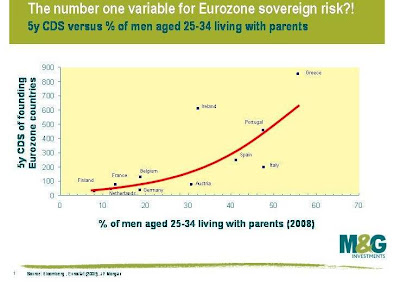
While the global average is 6.1 litres of pure alcohol per year, Moldovans got through 18.2 litres in 2005, nearly 2 litres more than the Czechs in second place. While eastern Europeans drink more than their western neighbours, their Islamic neighbours, as this map from The Econ
omist shows, must seem like tee totalers. The religious factor - more specifically the Islam/Christianity divide - is clearly pertinent for understanding the very different drinking culture of the two regions.
Significantly, the WHO estimates that alcohol results in 2.5m deaths a year, more than AIDS or Tuberculosis. But one must not forget that with an average 6.1 litres drunk a year by people, alcohol plays a large part in many people's lives.
So alcohol is consumed in large quantities all over the planet but where does it all come from? Having identified who drinks the stuff, a good question to now ask must be: who is responsible for providing so many people with their favourite tipple?
In 2008, China maintained its position as the world's biggest beer nation, producing over 410m hectolitres, which was four times the volume pro
duced by Germany. Germany, with beer output of about 103m hectolitres in 2008, was in fifth position in the world rankings, behind China, the USA, Russia and Brazil.

While less important than the beer market, 269m hectolitres of wine were produced in 2009 (not including juices and musts). The wine market continues to be dominated by Italy, France and Spain as the chart to the left shows. The New World producers, such as the USA, Argentina, China(!?), Australia, Chile, South Africa complete the top nine global producing countries.
Finally global spirit production appears to be centred around a very small number of giant global companies, very much like beer production. These companies, like Diageo or INBEV for example, distort attempts to label the origin of alcohols given that while they may be based in London or Brussels their production is clearly global. A quick look at the list of plants that Heineken owns reveals just how global the alcohol market has become.


